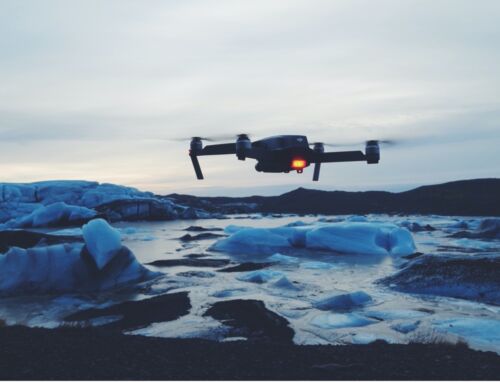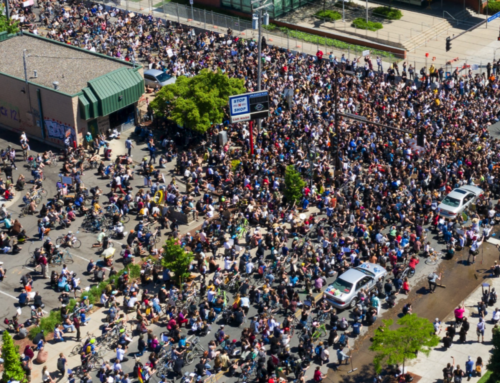Drone operators are no longer limited to just sunlight hours as to when and where we can take flight. In April of 2021, the Federal Aviation Administration (FAA) amended its operating policies to allow drones to be flown at night, per specific guidelines. Before this rule change, the FAA required that once the sun had set, all drones must be grounded until half an hour after sunrise.
Training and Certification
Regardless of whether you are a new pilot looking to become certified or an experienced operator looking to update your status, there are general steps that need to be taken to legally fly drones at night. To fly your drone under the FAA’s Small UAV’s Rule (Part 107), a pilot must obtain a Remote Pilot Certificate (RPC) from the FAA, which is valid for three years.
Previously-certified pilots must go to the Federal Aviation Administration Safety Team (FAAST) website and complete the newly-updated course curriculum. Pilots will test their knowledge and are required to take an exam to be recertified. Course materials will cover aeronautical information as well as the additional requirement of completing the updated night-flying training course and exam. Specific details, information, and the certification test can be found on the FAA website.
Anti-Collision Lights
Amended rule updates also include making some modifications to your UAV. Pilots must add anti-collision lights if they are not flying a recently-purchased, fully equipped vehicle. FAA-approved anti-collision lights must be visible for at least three miles. It is crucial to have a flash rate capable of providing enough lighting for potential collision avoidance, and the light should be attached or mounted on the top side of the aircraft to be viewed from above.
Guidelines for the night operation of your UAV include identifying where your drone is in the sky, avoiding any other vehicles in the air, and alerting people on the ground that a UAV is operating above them.
Airspace Authorization
Despite the FAA updates allowing UAVs to legally operate at night, a remote pilot in command (RPIC) must continue to obtain authorization while in a controlled airspace. Surveying a potential flight path while in daylight hours, checking equipment before the flight, and having one visual lookout observer during the flight are standard precautions for pilots to be well prepared for operating their UAV at night.
These rule changes will also allow pilots to fly their vehicles without the 107.29 waivers. The FAA explains that the waiver would still be required in circumstances such as piloting a drone at night over heavily populated areas, or without the proper collision lighting previously mentioned.
Remote IDs and Drones Over People
As of April 21, 2021, drone pilots operating under part 107 may fly at night, over people and moving vehicles, without a waiver. As is mentioned above, airspace authorizations are still required for night operations in controlled airspace under 400 feet. Drones that fly over people will have to transmit identifying information about the drone and its operator. This information is accessible by law enforcement agencies to help them identify any unsafe flying operations. If the drone is brand new, it will have remote-identification broadcast functionality built into it, while older drones will need to install the capability in order to legally fly over people.
The Operations Over People rule requires that all remote pilots have their remote-pilot certificate and identification in their physical possession when their drone is in the air. Flyers must follow this rule, as it allows the FAA and other federal agencies to properly identify aircraft and track if they are following regulations, similar to a license plate on a car.
Thankfully, the FAA continues to evolve and remain in step with the ever-changing landscape of drone operations. Stay tuned for exciting updates, use cases, rule changes, and new products that will help enhance your capabilities and strengthen your drone program.
Are you ready to learn more about how Blue Vigil’s drone tether can provide unlimited flight time for your drone day or night? Contact us at [email protected].
This article is not meant to provide legal advice. Drone laws change often. Always go directly to the FAA regulations for the most up-to-date information.




